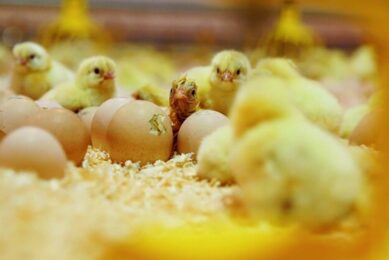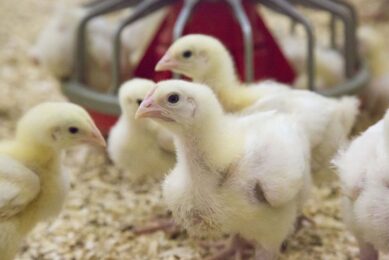FEED COSTS – LULL BEFORE THE STORM?
In the past 4 to 5 months the industry has been globally grappling with the short and long term consequences of the USA ethanol programme. On one side the livestock industry was predicting disaster while the corn growers were reassuring all that there would be no problems as increased supply would resolve the issue.
In the past 4 to 5 months the industry has been globally grappling with the short and long term consequences of the USA ethanol programme. On one side the livestock industry was predicting disaster while the corn growers were reassuring all that there would be no problems as increased supply would resolve the issue.
Increased production of corn
After an initial surge, prices have dropped off their highs as the production of Brazil and Argentina will be up by about 14 million metric tons on last year and local prices in Brazil are close to US$ 120 per MT.
After an initial surge, prices have dropped off their highs as the production of Brazil and Argentina will be up by about 14 million metric tons on last year and local prices in Brazil are close to US$ 120 per MT.
As was to be expected a certain amount of substitution has occurred in the feed formulations leading to a lower corn usage in many places. Also an increase in the planted area in the USA has also eased the pressure on prices.
Evaluating poultry costs difficult
This complex and constantly changing scenario for grain makes it difficult for poultry producers to evaluate the probable costs and consequent pricing strategies in the short term.
This complex and constantly changing scenario for grain makes it difficult for poultry producers to evaluate the probable costs and consequent pricing strategies in the short term.
The US industry has increased prices by about 40% compared to 2006, although corn is not the only contributing factor. Retail and export prices in Brazil have also moved up but so far prices in Europe have not reacted.
Strong euro and pound sterling
The final cost of imported meat into Europe is actually lower than a year ago even though Brazilian export prices are higher. A stronger Euro and pound sterling allied to lower duties as a result of lower tariff salted product again being allowed is causing this. So for the two principal western hemisphere producers and exporters there is more good news than bad.
The final cost of imported meat into Europe is actually lower than a year ago even though Brazilian export prices are higher. A stronger Euro and pound sterling allied to lower duties as a result of lower tariff salted product again being allowed is causing this. So for the two principal western hemisphere producers and exporters there is more good news than bad.
Corn prices rise in Asia
In Asia the price of corn has risen to about US$ 230 per MT, affected by high freight rates on top of the corn issue. Even where there is local production, prices are put at an import parity, causing problems for poultry producers in the region who have difficulties to increase prices on domestic markets that are limited by the purchasing power of the population.
The favourable market conditions that currently exist should not fool the poultry industry into thinking that there has been much fuss about nothing. Lower usage through creative formulations has its limits and crops will not necessarily increase yearly by over 20 million metric tons which is what the ethanol expansion will call for.
Join 31,000+ subscribers
Subscribe to our newsletter to stay updated about all the need-to-know content in the poultry sector, three times a week. Beheer
Beheer








 WP Admin
WP Admin  Bewerk bericht
Bewerk bericht